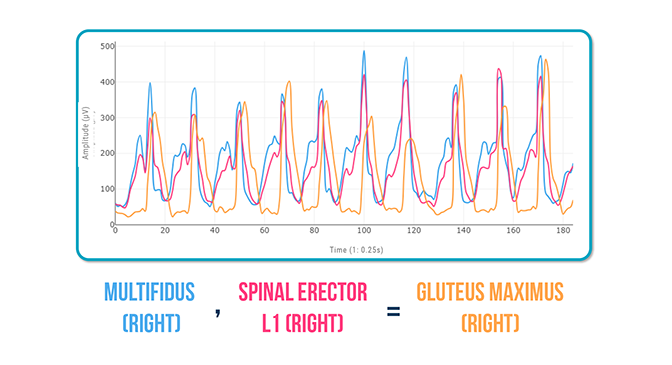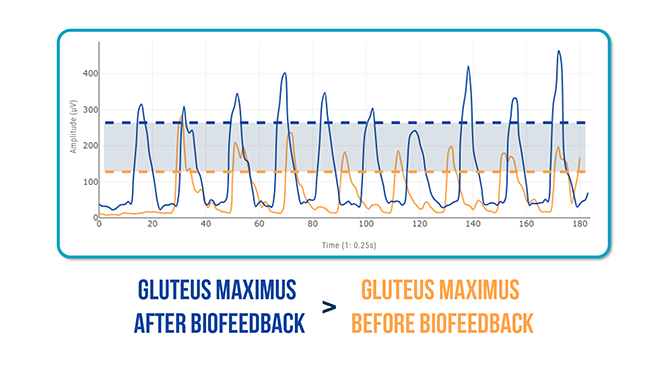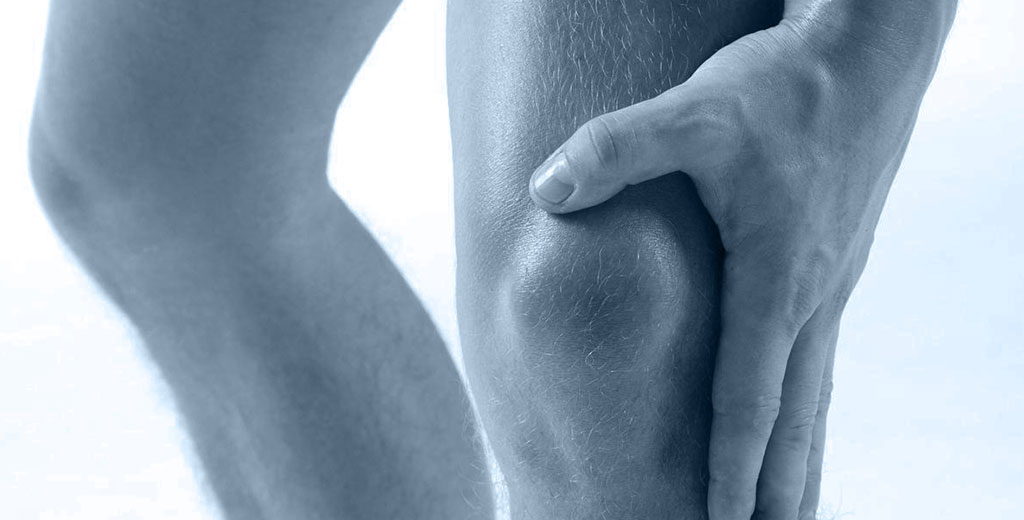The deadlift is one of the most effective exercises for strengthening the posterior chain. However, if not performed with proper technique, it can become a major source of overload for the lower back.
One of the most common causes of low back pain during this exercise is dysfunction in the synergy between the gluteus maximus and the lumbar musculature.
When the gluteus maximus doesn’t activate properly, other muscles—like the spinal erectors and multifidus—take on more of the workload to complete hip extension. Worse still, this sustained compensation can lead to fatigue, tension, and chronic low back pain.
By the way, you can contact us here if you want to learn how to use EMG with mDurance to optimize your assessments and reduce low back pain.
In this post, you’ll learn how to identify and correct this pattern using surface electromyography (EMG) and biofeedback techniques.
The Low Back Tension Cycle: Why Pain Persists When Lifting
Dysfunctional muscle synergy during the deadlift—especially between the gluteus maximus and lumbar muscles—can trigger a negative loop for your patients:
🔁 Lower glute activity → Higher lumbar activity → Increased perceived tension → Muscle fatigue → Low back pain → Even lower glute activity
It usually begins with insufficient gluteus maximus activation, due to neuromuscular inhibition, poor technique, or previous pain.
As a result, the lumbar muscles—like the spinal erectors and multifidus—take over the hip extension role that should be primarily performed by the glutes.
This overload leads to increased lumbar tension, which patients often describe as tightness or discomfort.
Over time, sustained tension fatigues the lumbar muscles, reduces their ability to properly stabilize the spine, and leads to persistent pain.
Pain, in turn, further inhibits glute activation—because the body avoids using muscles linked to painful sensations.
The result is a negative cycle that compromises biomechanics and stalls progress in both rehab and performance training.
Breaking this cycle requires more than just strengthening work. You need to assess how each muscle group activates during movement, detect faulty recruitment, and use strategies like biofeedback to retrain the motor pattern at its root.
How to Assess Gluteus Maximus–Lumbar Synergy
1. Visual Movement Analysis
Observe whether the patient uses a technique dominated by lumbar extension or flexion.
A common pattern in people with pain is lifting the weight by rounding the back instead of driving through the hips.
2. Surface Electromyography (EMG) Evaluation
Record gluteus maximus and paraspinal (erector spinae and multifidus) activation during the deadlift.
Expected synergy in an efficient pattern:
Gluteus maximus = Lumbar muscles
Real example: Altered muscle pattern in a patient with low back pain

EMG Muscle Analysis:
Multifidus and Spinal Erector (L1) > Gluteus Maximus ❌
This pattern reveals overactivation of the lumbar musculature, compensating for reduced glute involvement.
The result: more load on the lower back and increased risk of pain.
Retraining the Muscle Pattern: How to Activate the Gluteus Maximus Correctly
The key is to reestablish proper neuromuscular synergy—especially by increasing active gluteus maximus participation.
An effective and safe strategy to achieve this is using EMG biofeedback during the deadlift.
Clinical Case: Deadlift with Biofeedback
Using visual and verbal biofeedback during the exercise, the patient adjusted their motor pattern.

Result after retraining:
Gluteus Maximus = Multifidus and Spinal Erector ✅
- A much more balanced pattern
- Greater hip extension efficiency
- Reduced lumbar load
Before vs. After Comparison: Glute Activation Improvement

After biofeedback training:
- Gluteus maximus activation doubled during the deadlift compared to the initial session.
- A safer and more efficient muscular synergy was restored for the lower back.
Conclusion: Retrain Glute–Lumbar Synergy to Prevent Pain
Success in the deadlift hinges on ensuring the gluteus maximus acts as the primary driver, while the lumbar muscles serve a stabilizing role.
Surface EMG allows you to:
- Detect muscular compensation
- Measure real activation of each muscle during movement
- Apply biofeedback to retrain the motor pattern objectively and effectively
Want to reduce low back pain in your patients? Start by assessing how their muscles activate during movement.

